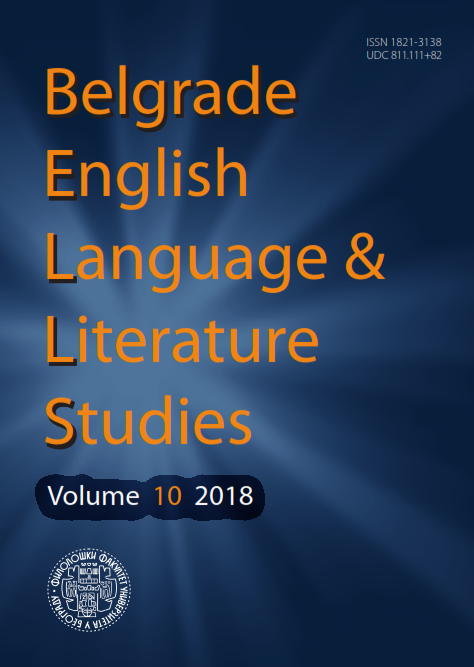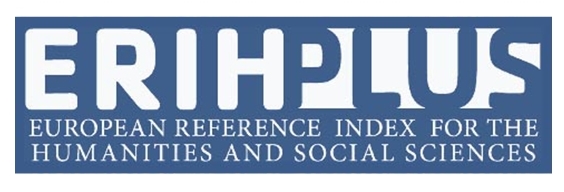On the Blurred Boundaries Between Superordinate and Subordinate Clauses in English
DOI:
https://doi.org/10.18485/bells.2018.10.5Keywords:
superordinate clauses, subordinate clauses, syntax, discourse, complements, adjuncts, gradience, intersubjectivityAbstract
The paper addresses superordinate and subordinate clauses in English. It focuses on how blurred the distinction between the two categories becomes when syntactic criteria are paired with discourse ones – the structures that are syntactically superordinate may turn out to be “discourse subordinate”, and vice versa. More generally, the paper aims to show that the various aspects of linguistic analysis, in this case primarily the syntactic and discourse ones, are tightly intertwined, and that viewing syntactic structures in terms of their discourse functions may help us perceive the gradient and fuzzy nature of the boundaries of linguistic categories, and point to their gradient contribution to overall discourse progress.
Downloads
References
Downloads
Published
Issue
Section
License

This work is licensed under a Creative Commons Attribution-ShareAlike 4.0 International License.
Authors who publish with this journal agree to the following terms:
- Authors are confirming that they are the authors of the submitting article, which will be published (print and online) in Belgrade English Language and Literature Studies by the Faculty of Philology, University of Belgrade (Faculty of Philology, Studentski trg 3, 11000 Belgrade, Serbia). Author’s name will be evident in the printed article in the journal. All decisions regarding layout and distribution of the work are in hands of the publisher.
- Authors guarantee that the work is their own original creation and does not infringe any statutory or common-law copyright or any proprietary right of any third party. In case of claims by third parties, authors commit their self to defend the interests of the publisher, and shall cover any potential costs.
- Authors retain copyright and grant the journal right of first publication with the work simultaneously licensed under a Creative Commons Attribution-ShareAlike 4.0 International License that allows others to share the work with an acknowledgement of the work's authorship and initial publication in this journal.
- Authors are able to enter into separate, additional contractual arrangements for the non-exclusive distribution of the journal's published version of the work (e.g., post it to an institutional repository or publish it in a book), with an acknowledgement of its initial publication in this journal.
- Authors are permitted and encouraged to post their work online (e.g., in institutional repositories or on their website) prior to and during the submission process, as it can lead to productive exchanges, as well as earlier and greater citation of published work.




